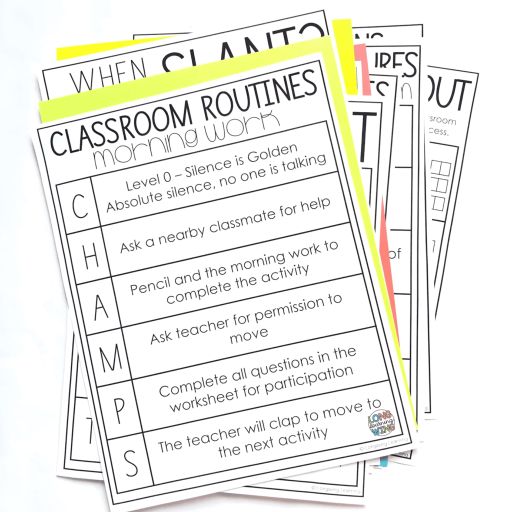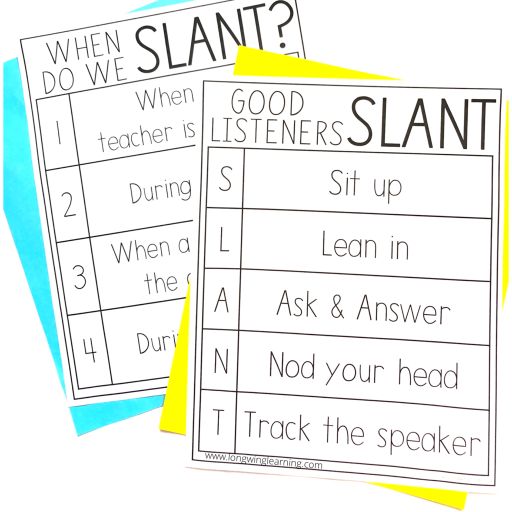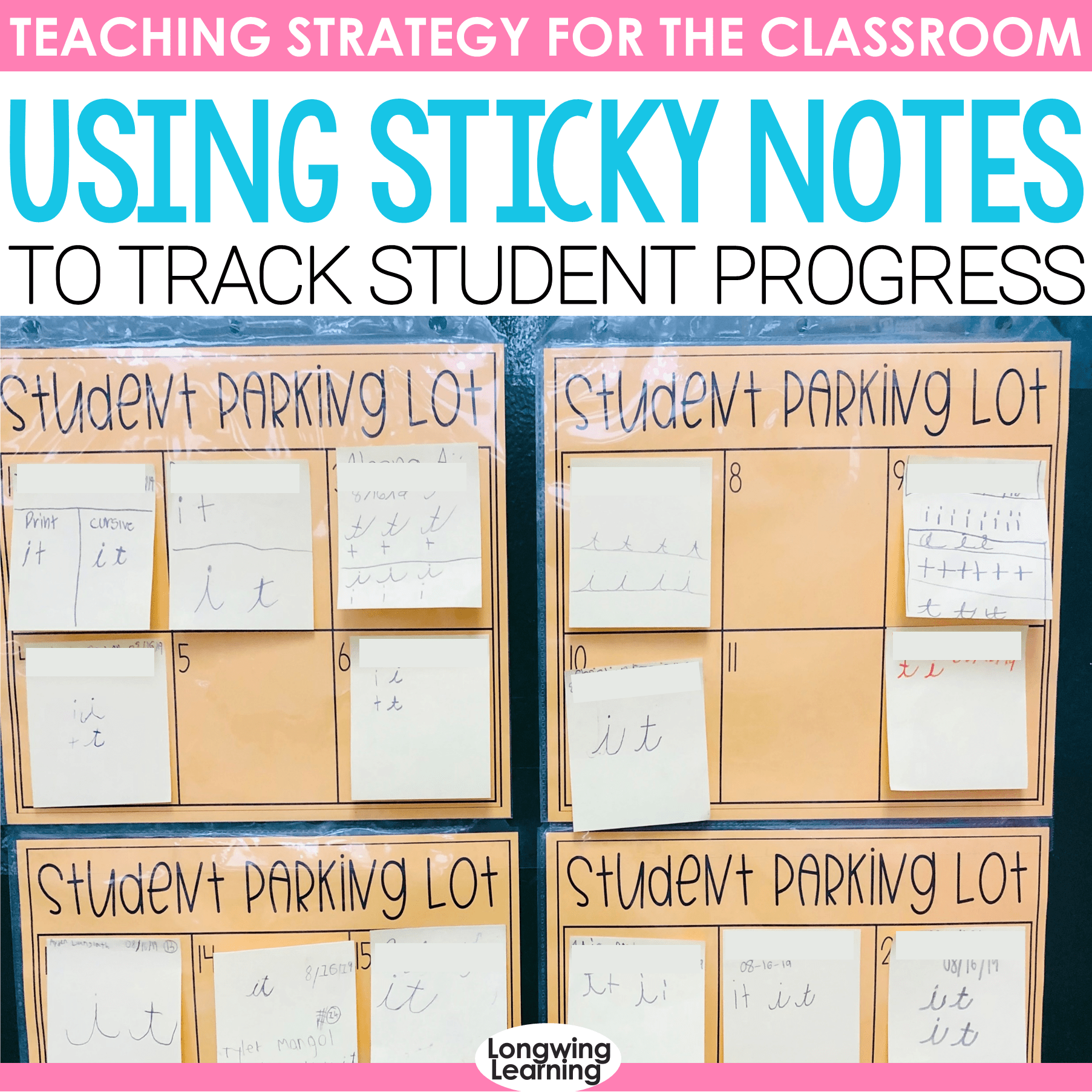Sometimes it can be challenging to keep a classroom organized and on-task.
There is so much more to teaching than just lesson plans; it takes great classroom management skills to teach well.
Luckily, there are many ways for teachers to successfully manage the classroom. One of those ways is by using CHAMPS.
The characteristics of the CHAMPS acronym will guide you through establishing clear classroom management practices in your classroom to help run your class efficiently.
This post is the first in a series of classroom management strategies to build a classroom management plan.
Table of Contents
CHAMPS in the Classroom
What does the acronym CHAMPS stand for?
CHAMPS is a classroom management strategy that stands for conversation, help, activity, movement, participation, and signal developed by Randy Sprick.
What is CHAMPS in teaching?
CHAMPS is a classroom management strategy for building routines and improving student engagement.
It is not a stand-alone plan for classroom management but rather an approach to help you develop a plan.

The CHAMPS classroom management system equips teachers with strategies that provide structure for student behaviors and academic behavior routines that affect student learning.
The CHAMPs behavior chart is vital when using CHAMPS in the classroom.
It is used as a visual reference to set clear parameters for routines and activities using kid-friendly language.
The visual references communicate to your class what they need to do to be successful and show they are acting responsibly.
What are the CHAMPS expectation?
Conversation
The first letter in CHAMPS stands for conversation. Conversation determines the noise level in the classroom.
As you plan for your lesson, consider these questions and pick the action you want your kids to display.
Questions
- How can students talk and to whom?
- When can students speak, and how?
- What can students talk about and to whom?
Action
- 0 – Silence
- 1 – Whispering
- 2 – Quiet or Low Level
- 3- Conversation
- 4- Presentation
- 5- Outside Voice
Help
The second letter in CHAMPS stands for help.
Help controls the way your students can seek help when they have a question or need clarification.
Use the question and actions below if you want your kids to be problem solvers.
Question
- How do students get help or attention?
Action
- Ask a nearby classmate
- Put up a help sign
- Ask your group
- Ask three before me
- Ask me
Activity
The third letter in CHAMPS is for activity.
The activity refers to how they are going to work and what they are going to do.
Use the questions and actions below based on the lesson or activity you plan.
Questions
- What is the actual task?
- What is the product?
Action
- Small group
- Independent work
- Active listing
- Whole group
- transition
Movement
The fourth letter in CHAMPS is for movement.
Setting clear expectations for movement allows students to know if they can get out of their seats during the lesson or activity.
Movement can be tricky but also rewarding. Make sure to model each action to set clear expectations.
Questions
- Can the students move?
- When can the students move?
- How or why can they move?
Action
- Stay in your seat
- Ask for permission
- Responsible movement
Participation
The fifth letter in CHAMPS is for participation.
Participation is the behavior they need to know to show they are behaving responsibly.
Question
- What does engaged activity look like?
Action
- Interacting with others
- Active listening
- Reading and writing
- Staying on task
- SLANT
What does SLANT stand for in the classroom?
SLANT stands for sitting, leaning, active listening, nodding, and tracking.

Active listening is crucial if you are teaching or having a guest in the classroom!
You can set expectations by teaching your students the acronym SLANT.
This acronym is a set of actions that kids can follow in small and whole groups.
Try using a poster as a visual reference to review.
Signal
The last letter in CHAMPS is the signal to get your students' attention.
One common signal used by teachers is clapping. After clapping, students look at the teacher and stop what they are doing.
It is a favorite signal among teachers because it's easy and doesn't require anything besides your hands.
When picking a signal, make sure it's an action appropriate for many settings around school, and it can be with you at all times.
Wrapping It Up
The CHAMPS classroom management system isn't bulletproof.
Still, it keeps students accountable for their actions in the classroom, which is why having it as part of your classroom management plan is one way to have a successful school year.





7 thoughts on “How to Create a Classroom Management Plan for Success with CHAMPS”
I love this but I can’t seem to figure out how to download the freebie.
Hi, here is the link https://mailchi.mp/990d6bbb6a1c/champs-classroom-management-plan-2021
Thank you so much for sharing this idea and resources! Love the CHAMPS and SLANT, these are very useful in maintaining order and rapport within the class.
Is this editable?
Not right now. I am in the process of editing the file so it can be. Sorry 🙁
Pingback: What Are the Champs Classroom Management Rules? A Guide to Effective Behavior Management
How can I get in touch with the CHAMPS organization?